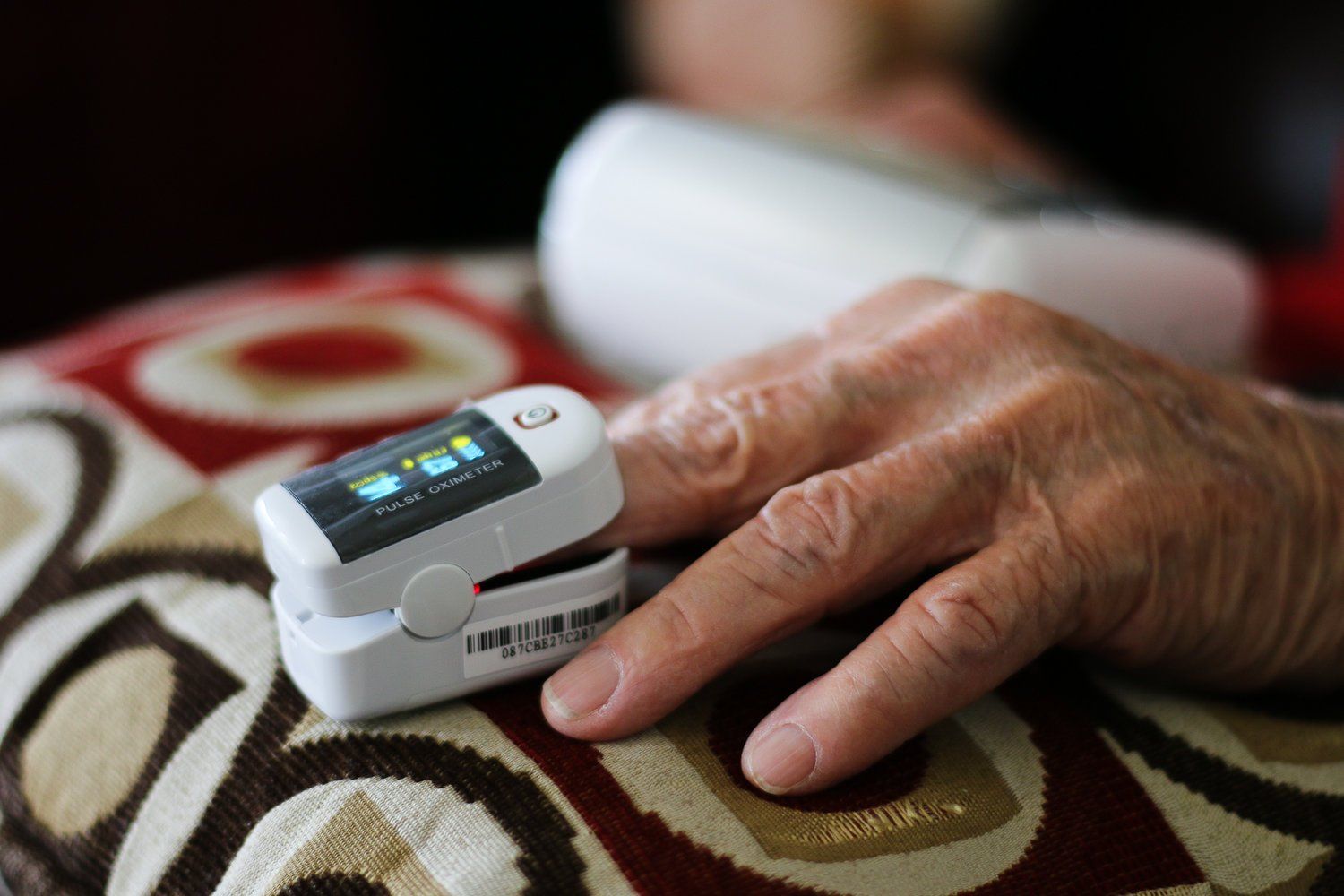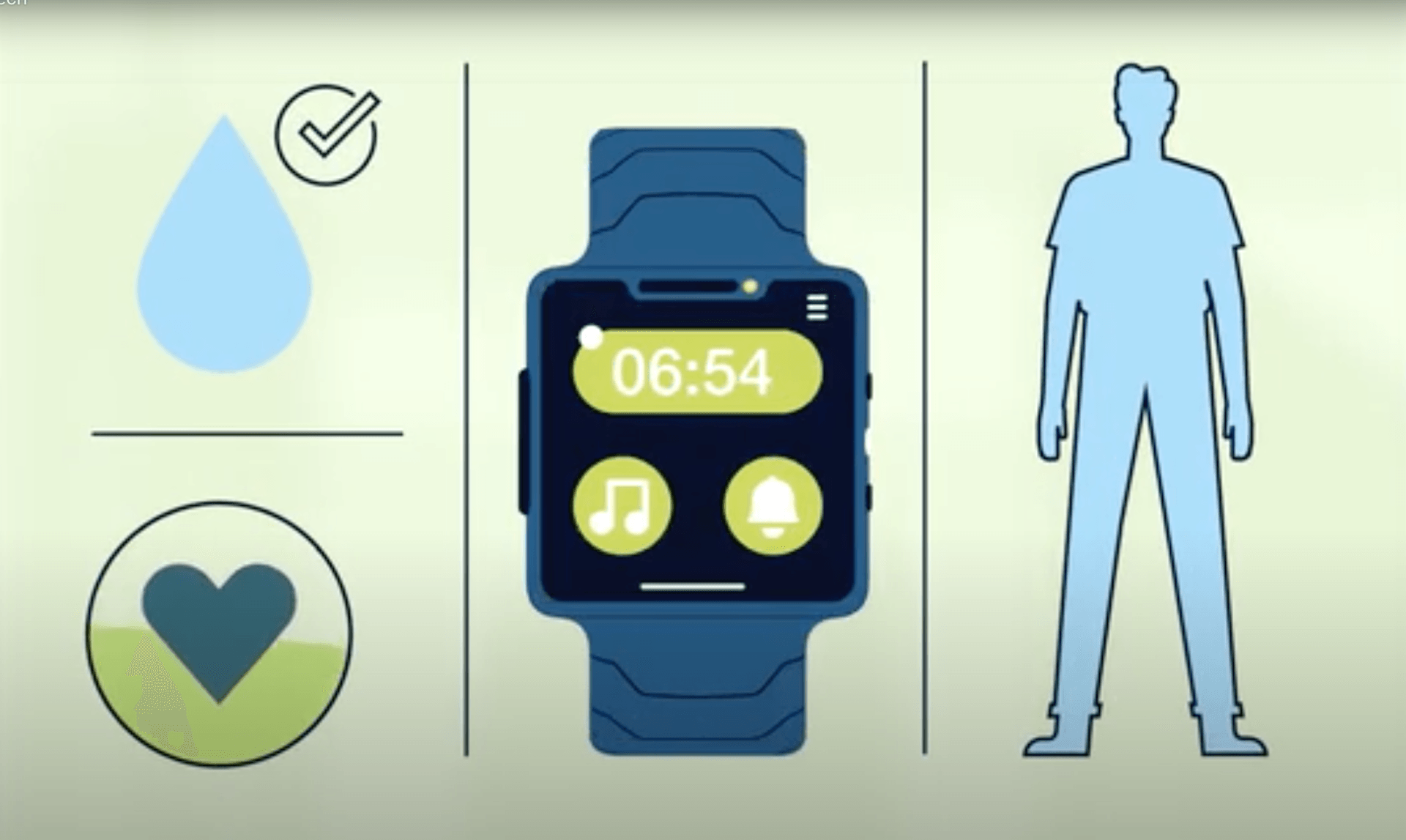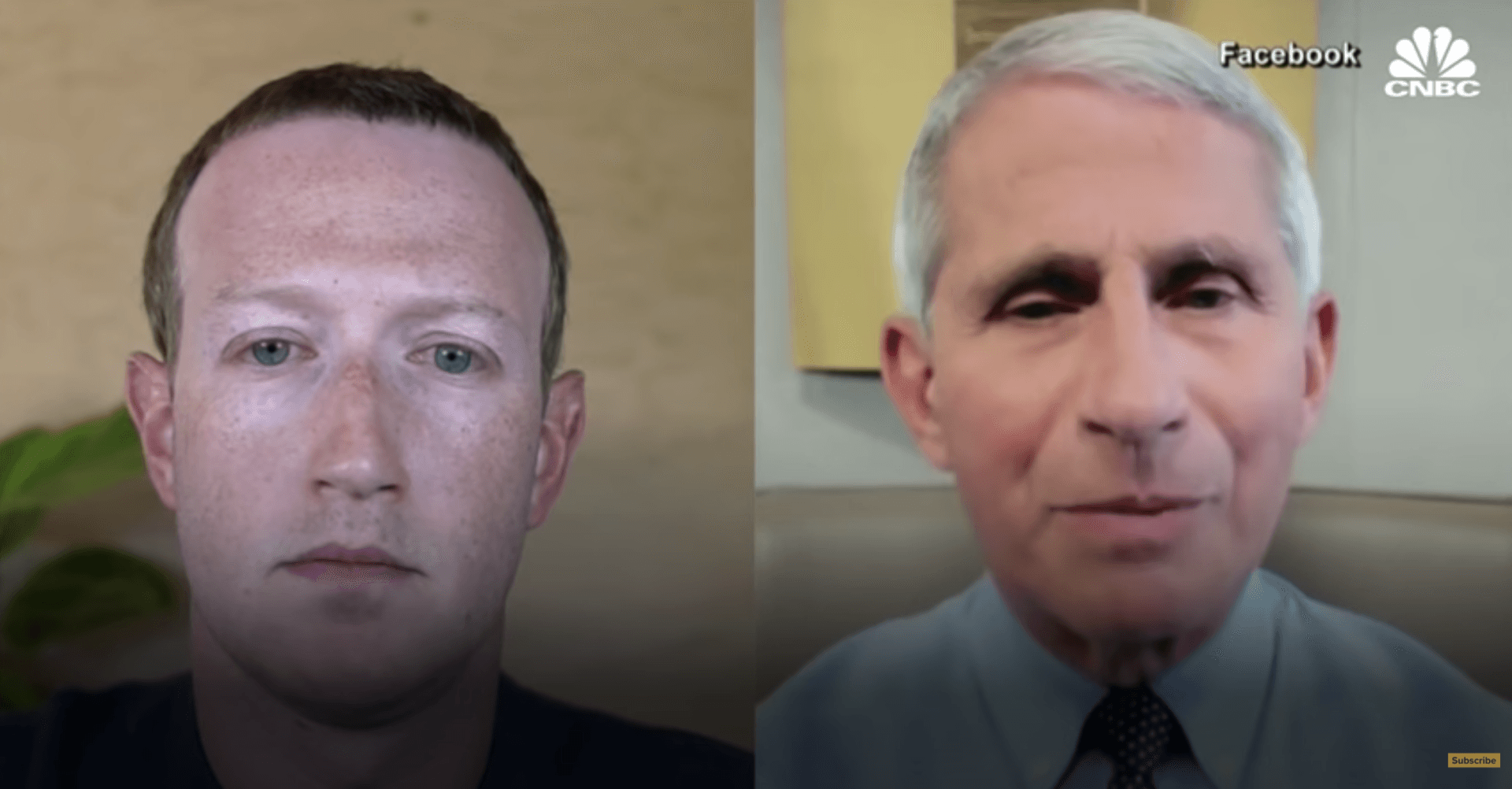Away From The City? Suburban Living Just Got Easier With Telehealth
July 9, 2019
Suburban Living Just Got Easier With Telehealth
Suburban living just got easier. DoctorTouch is a leader in telehealth innovation with online board certified doctors. It is revolutionizing remote access to quality healthcare. Its physicians, doctors are board-certified and trained in virtual technology to treat many non-emergency conditions.
There is a sense of liberty that you get from living in the suburbs or rural areas. Having grown up in a small town, I am grateful to have experienced the intimacy of small communities with the strong support of family, friends and good neighbours. On the other hand, I've also felt some contraints when living in a small town where businesses and restaurants close doors by sunset. There was no easy and convenient access to 24/7 healthcare or doctor visits.
When I first discovered telehealth, I was fascinated in how it could enhance the lives of families in suburban and rural communities. Telehealth by definition is the delivery of healthcare remotely using telecommunications technology via the internet.
DoctorTouch provides its users the freedom, regardless of location, to visit doctors; psychologists, and dermatologists online through their computer, smartphone or tablet. Users can access anytime and on any device. Telehealth provides a valuable solution for many rural families in accessing healthcare and eliminating long distance trips to the doctor. This can be especially valuable to those who are physically impaired, suffering from a chronic disease where traveling is not a convenient option.
There is no driving and parking required. With DoctorTouch, it's just touch and go.
Here are some benefits worth mentioning:
Telehealth benefits:
Choose a Doctor or Physician by expertise, not location. You and your family are not limited by the doctors or physicians available in your geographic location. You can choose an online doctor, physician or specialist from a list of locally registered or U.S. board-certified physicians to ensure the best in quality care.
Visit a doctor any time (24/7) and on any device (computer, smartphone, tablet). When a fever hits you or your child in the middle of the night, you won’t have to wait till dawn or any longer to consult with a doctor. Online doctors are available to meet 24 hours a day, and the standard visit lasts less than 10 minutes.
Online doctors can prescribe medications when needed, and refill prescriptions. Save time and trips to town by having the online doctor send your prescription to your local pharmacy if necessary.
Get a second opinion, or follow up on an earlier visit. Online doctors are available for referrals, second opinions and when possible follow up visits. If you need a more advanced consult, find our more about our second opinion doctors offered by US medical specialists.
Telehealth provides healthcare without borders.
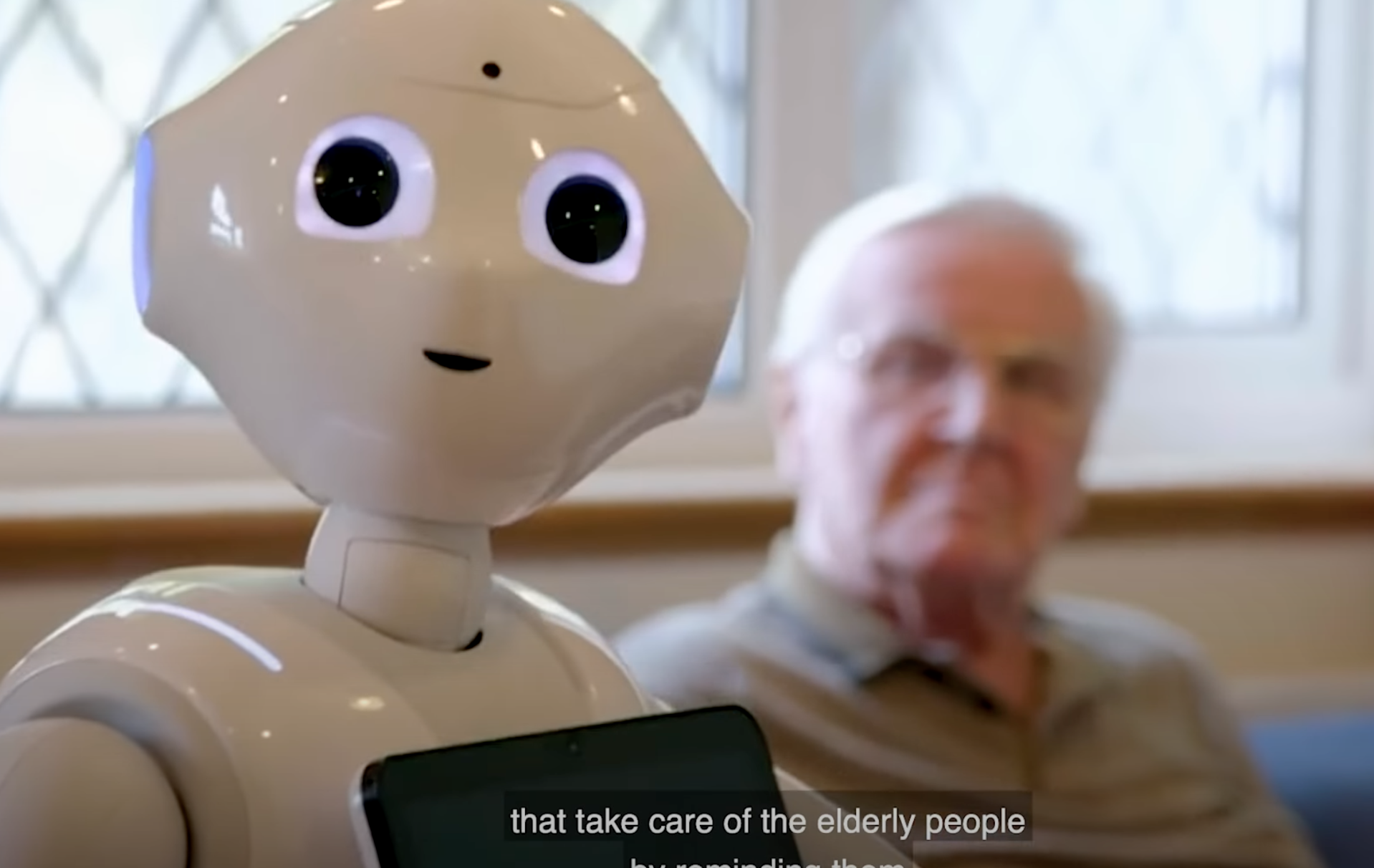
The weakness of the present healthcare system revealed by the Covid-19 crisis, along with the rise in chronic diseases associated with lifestyle changes and a rapidly aging population worldwide will shape the future of healthcare. Next-Generation Research Analyst Dr. Damien Ng took a close look at recent developments in digital healthcare, genomics, and extended longevity.
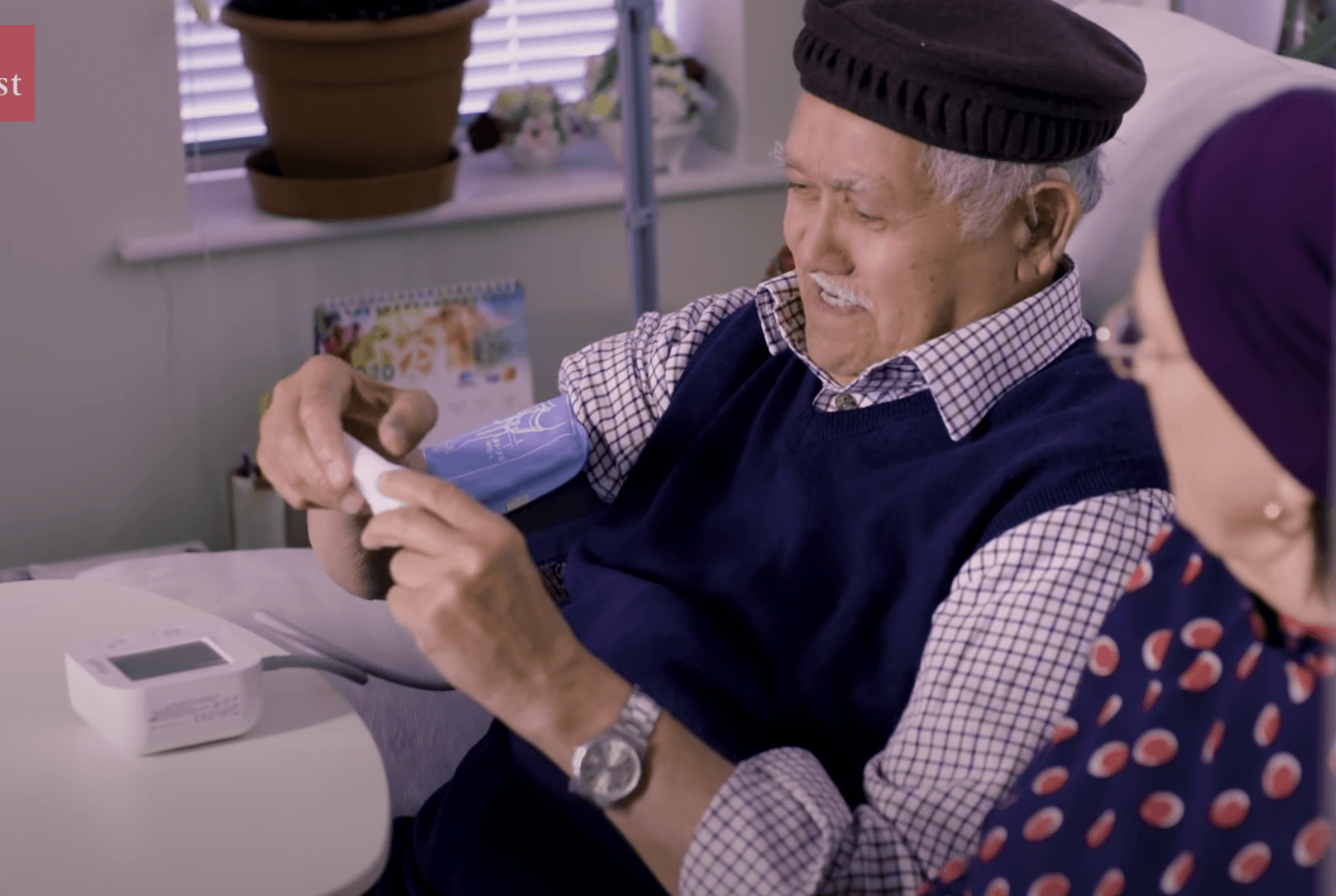
The COVID-19 pandemic has affected many elderly from receiving proper care. It has further highlighted problems faced by the elderly with dementia and chronic diseases
In this video presented by The Economist, watch how COVID-19 pandemic has impacted the elderly and how we can strive to improve the efficiency for elderly and chronic care with the rise of remote patient monitoring technology.

Improvements in technology and changes to insurance reimbursement rulings have helped increase the acceptance of telemedicine. Without it, doctors and therapists wouldn’t be able to connect with patients as easily, especially during the pandemic.
As telemedicine has become widespread, professionals and patients have grown more comfortable connecting virtually. Telemedicine isn’t meant to take the place of face-to-face visits. While it does have some disadvantages, which we’ll get into later, its benefits are undeniable.
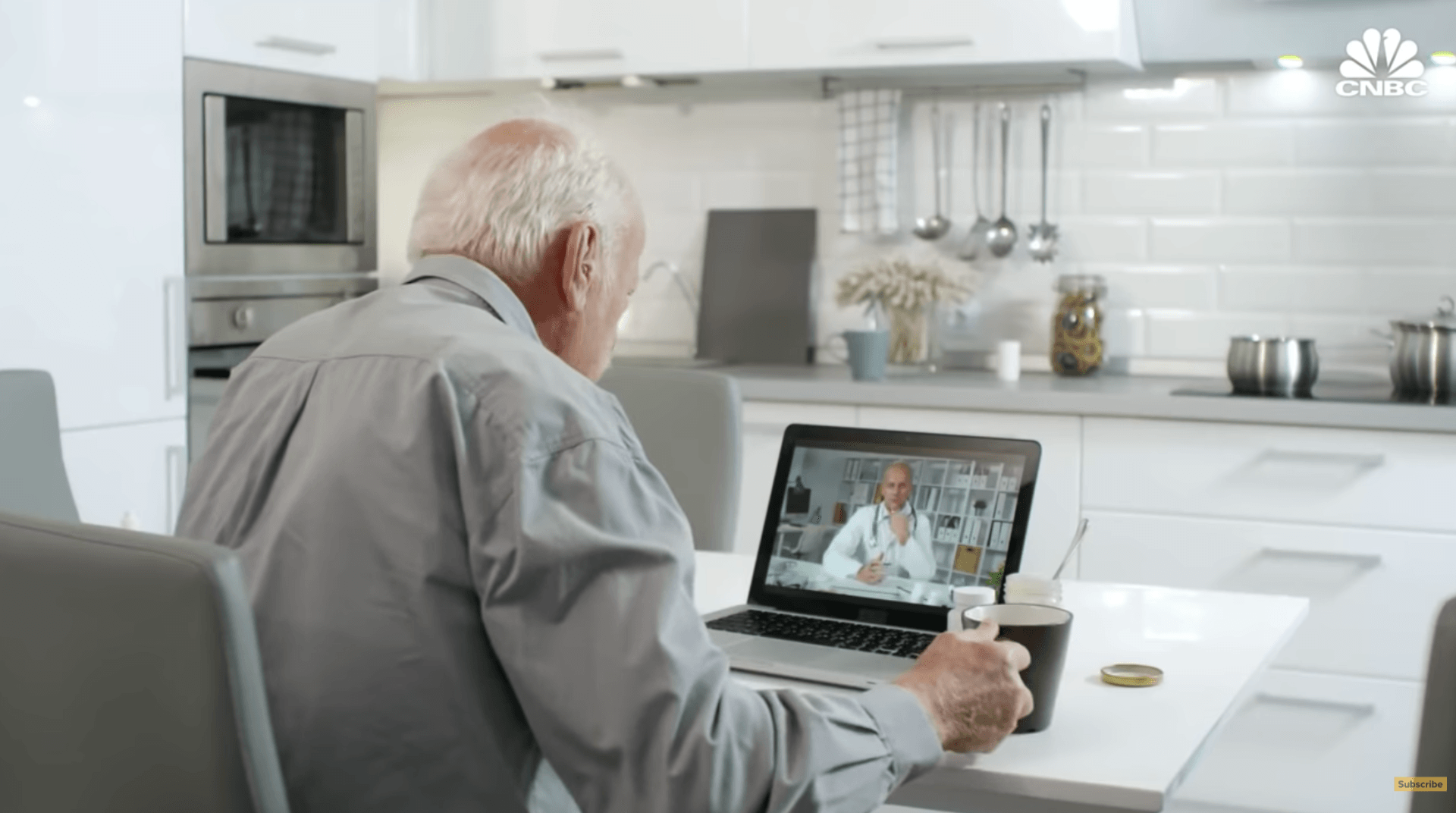
Telemedicine termed a 'silver lining' of the coronavirus pandemic. This time, it might just be true.
Telehealth use surged from 8% of Americans in December to 29% in May as primary care, mental health and specialists turned to remote care out of necessity during the COVID-19 pandemic, according to a UnitedHealth Group report.




